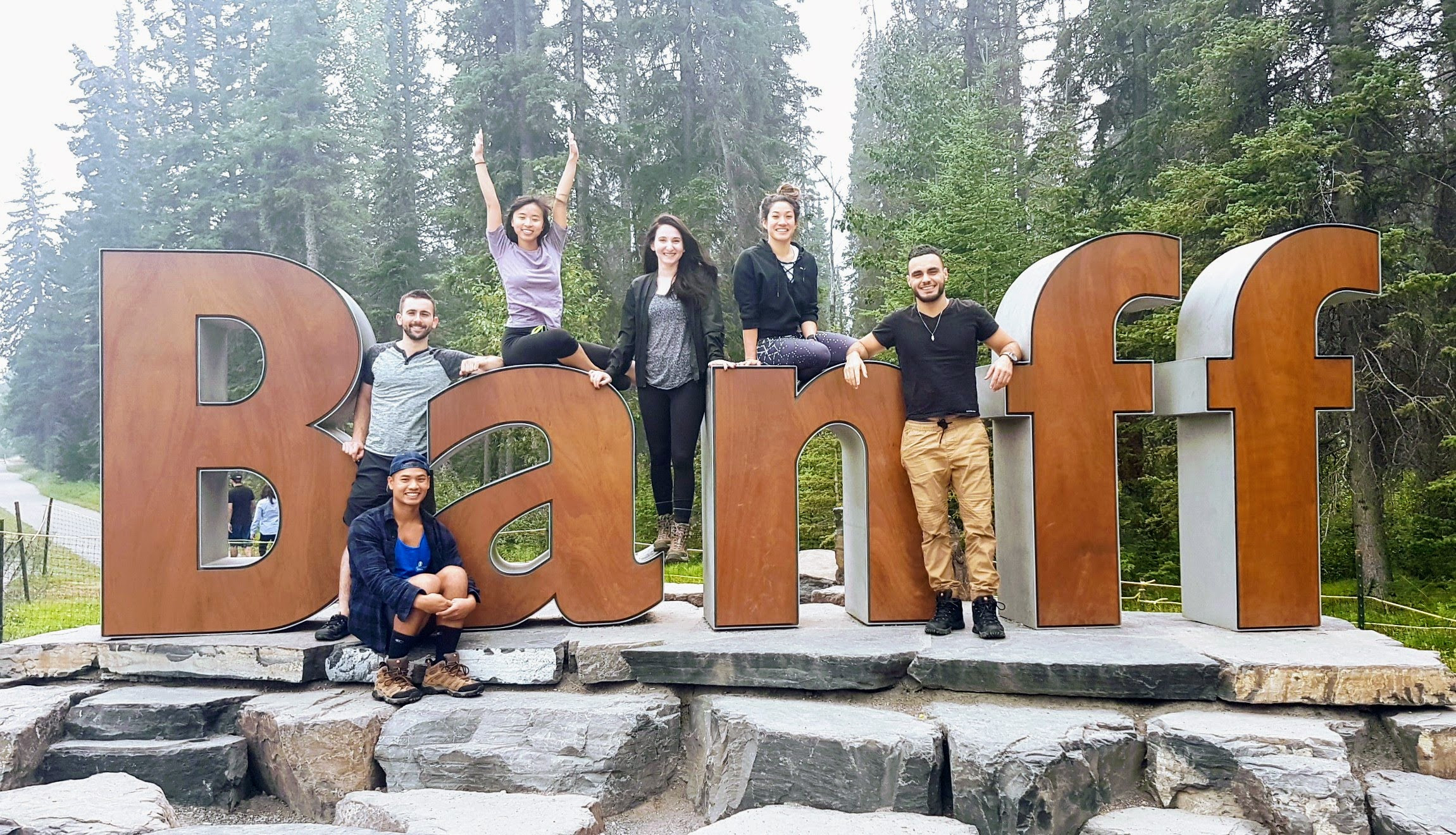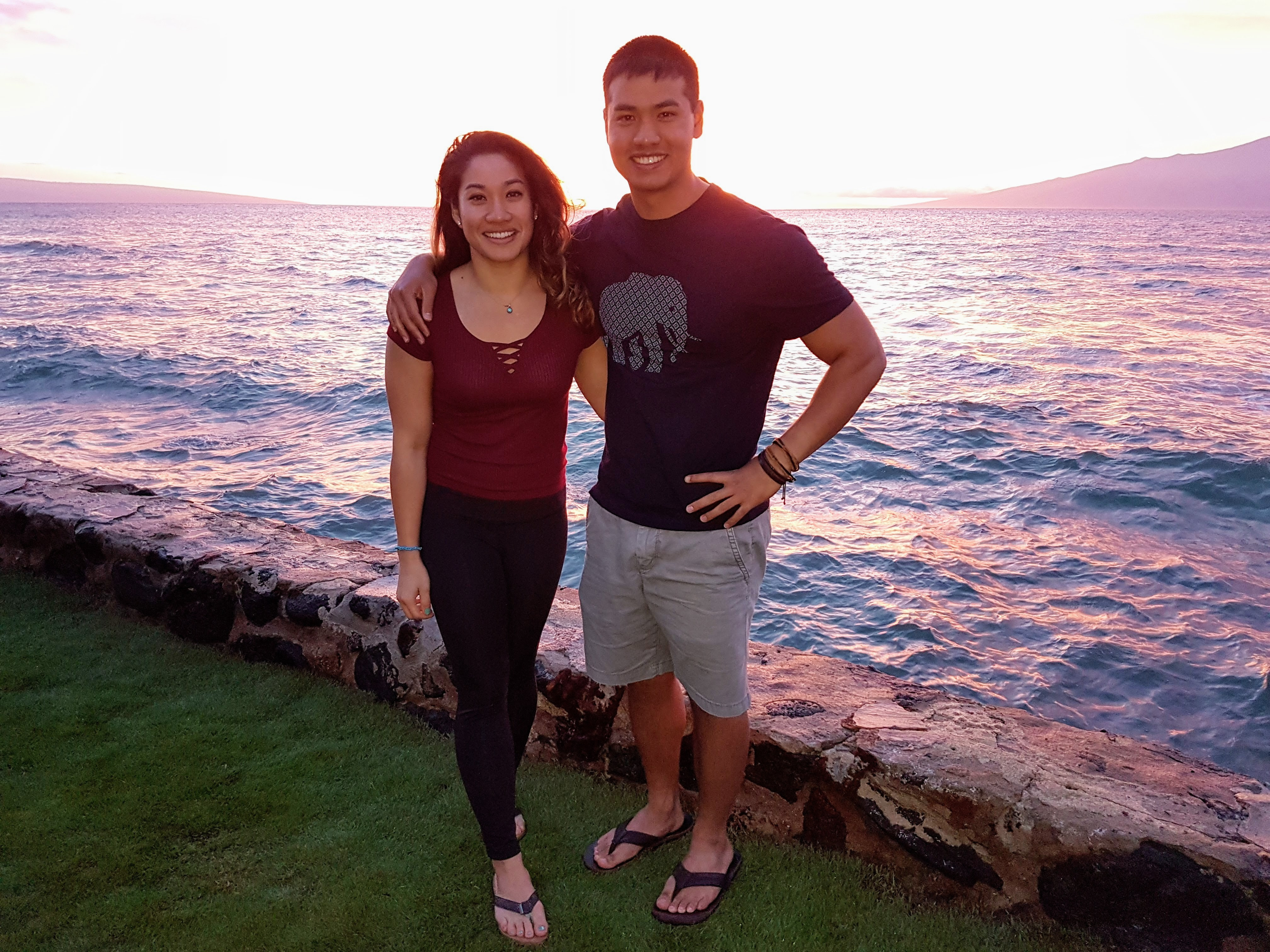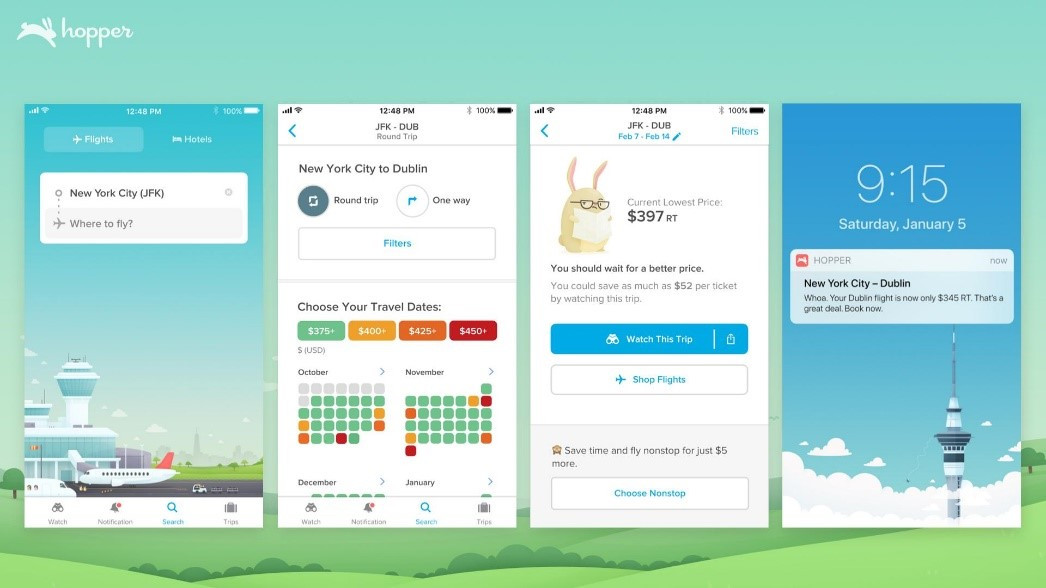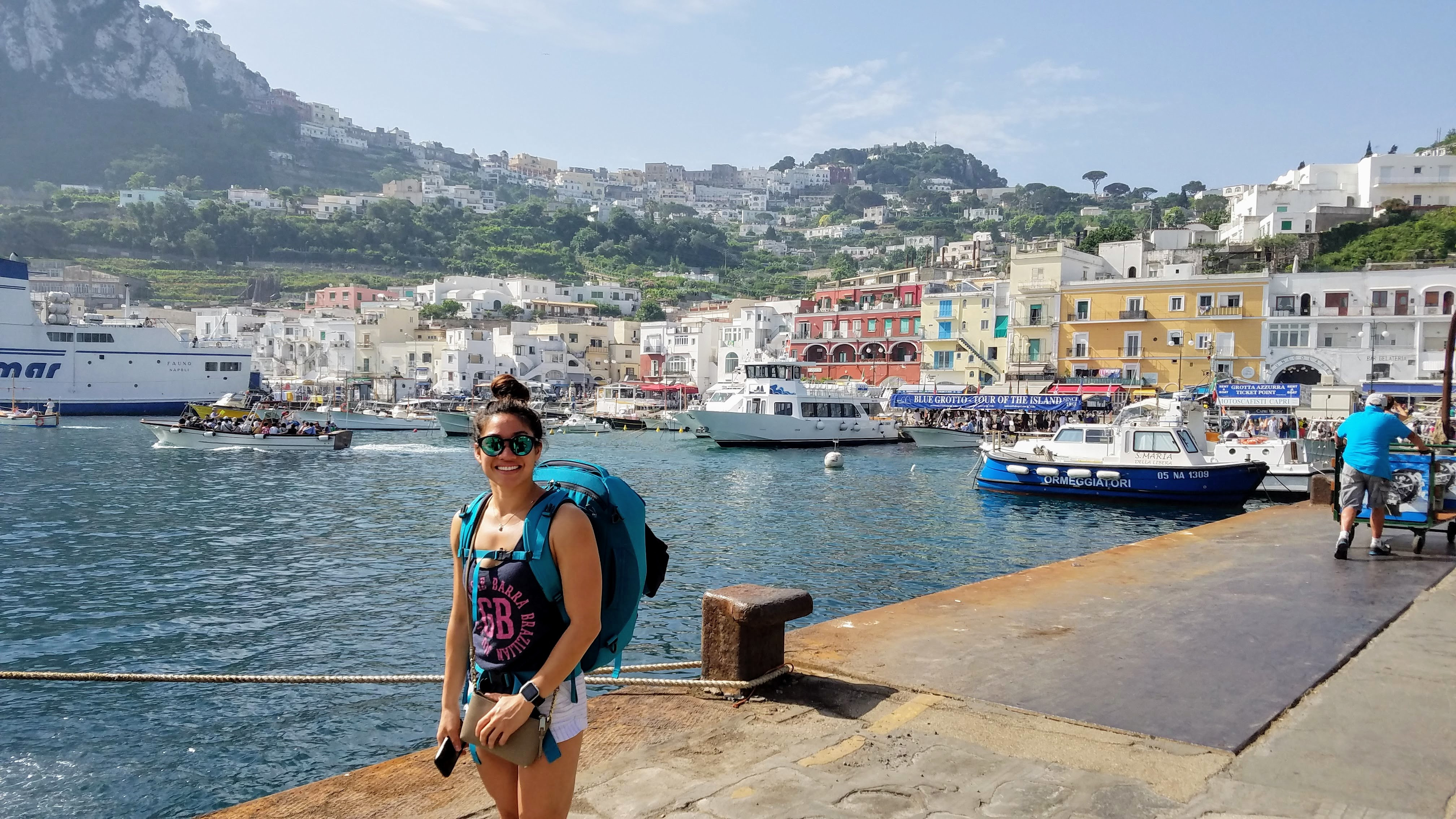Are you dreaming of exploring Vietnam but feeling overwhelmed by the planning process? Don’t worry! Planning a trip like a travel agent is easier than you think, and SIXT.VN is here to guide you every step of the way. We’ll provide you with insider tips and tricks to ensure your Vietnam adventure is seamless, stress-free, and unforgettable.
Whether you’re a solo traveler, a couple seeking a romantic getaway, a family with children, a group of friends, or a business traveler looking to combine work with leisure, SIXT.VN offers a range of services to cater to your specific needs. From personalized travel itineraries to convenient airport transfers, hotel bookings, and guided tours, we’ve got you covered.
Ready to discover how to plan your dream trip? Let’s dive into the world of travel planning and unlock the secrets to crafting an extraordinary Vietnam experience! With our expert advice, you’ll be navigating bustling city streets and tranquil countryside landscapes like a seasoned pro in no time. Get ready to immerse yourself in rich culture, breathtaking scenery, and unforgettable memories.
1. Defining Your Travel Style and Preferences
Before diving into the logistics, understanding your travel style and preferences is crucial.
1.1. Identifying Your Trip Style
Do you prefer a structured itinerary with pre-planned activities, or do you thrive on spontaneity and prefer a more flexible approach? Defining your trip style helps you determine the level of detail required in your planning.
- Structured Travel: Ideal for those who prefer knowing what to expect each day. This style requires more research and pre-booking.
- Spontaneous Travel: Perfect for adventurers who enjoy going with the flow and discovering hidden gems along the way. This style allows for more flexibility but may require on-the-spot decision-making.
1.2. Determining Your Travel Pace
Are you seeking relaxation and rejuvenation, or are you eager to explore as many destinations as possible? Your travel pace influences the number of activities you can realistically fit into your itinerary.
- Relaxed Pace: Focus on fewer destinations and activities, allowing ample time for relaxation and soaking in the local atmosphere.
- Fast-Paced Travel: Aim to see as much as possible in a limited time frame, often involving multiple destinations and a packed schedule.
1.3. Considering Your Travel Companions
Who you’re traveling with significantly impacts your destination choices and activities. A family trip differs greatly from a romantic getaway or a solo adventure.
- Family Travel: Prioritize family-friendly activities, comfortable accommodations, and convenient transportation options.
- Couple’s Getaway: Seek romantic destinations, intimate experiences, and opportunities for quality time together.
- Solo Travel: Embrace freedom and flexibility, choosing destinations and activities that align with your personal interests and preferences.
Understanding these aspects sets the stage for a well-planned and enjoyable trip.
 People are looking at the mountains from the road
People are looking at the mountains from the road
2. Establishing Your Travel Budget
Budgeting is essential for a stress-free trip. It dictates the feasibility of your travel plans.
2.1. Assessing Your Financial Resources
Evaluate how much money you’re willing to allocate to your trip. Consider both your savings and potential income during the travel period.
2.2. Evaluating Your Time Availability
Determine how much time you can dedicate to your trip. This will influence the scope of your travel plans and the destinations you can realistically visit.
2.3. Creating a Realistic Budget
Develop a detailed budget that outlines all anticipated expenses, including:
- Transportation: Flights, trains, buses, taxis, and rental cars.
- Accommodation: Hotels, hostels, guesthouses, and vacation rentals.
- Activities: Tours, entrance fees, entertainment, and recreational activities.
- Food and Beverages: Meals, snacks, and drinks.
- Miscellaneous: Souvenirs, travel insurance, visas, and unexpected expenses.
Having a well-defined budget provides direction and focus as you plan your trip, ensuring you stay within your financial means. According to research from the U.S. Travel Association in 2023, creating a budget provides focus as you plan.
3. Choosing Your Destination: Vietnam Awaits
Vietnam offers a diverse range of destinations to suit every traveler’s taste.
3.1. Seeking Travel Inspiration
Explore various sources of inspiration to discover potential destinations:
- Online Travel Blogs and Forums: Discover hidden gems and insider tips from fellow travelers.
- Social Media Platforms: Visual platforms like Pinterest and Instagram showcase stunning destinations and travel experiences.
- Travel Guides and Magazines: Reputable publications like Lonely Planet and National Geographic Traveler provide comprehensive destination information.
3.2. Considering Your Interests and Preferences
Choose destinations that align with your passions and interests:
- History and Culture: Explore ancient temples, historical sites, and vibrant cultural centers.
- Nature and Adventure: Discover breathtaking landscapes, national parks, and thrilling outdoor activities.
- Food and Culinary Delights: Indulge in local cuisine, street food, and culinary experiences.
3.3. Researching Destination Information
Once you’ve narrowed down your options, conduct thorough research on your chosen destinations:
- Travel Requirements: Check visa requirements, passport validity, and any necessary immunizations.
- Political Stability: Stay informed about any potential civil unrest or safety concerns.
- Local Customs and Etiquette: Respect local traditions and cultural norms to avoid misunderstandings or offense.
Vietnam, with its bustling cities, serene beaches, and majestic mountains, promises an unforgettable adventure.
 The sun is setting in the sea
The sun is setting in the sea
4. Deciding When to Travel: Timing is Everything
The timing of your trip significantly impacts your experience.
4.1. Understanding Travel Seasons
Research the climate and tourist activity levels in your chosen destinations:
- High Season: Offers the best weather but attracts more crowds and higher prices.
- Low Season: Features fewer tourists and lower prices, but weather conditions may be less favorable.
- Shoulder Season: Provides a balance between pleasant weather and fewer crowds.
According to data from the Vietnam National Administration of Tourism in 2023, travel seasons affect the price.
4.2. Considering Major Events and Holidays
Be aware of local festivals, holidays, and events that may impact your travel plans:
- Increased Crowds: Major events often attract large crowds, potentially leading to longer lines and higher prices.
- Accommodation Availability: Hotels and guesthouses may be fully booked during peak periods.
- Transportation Disruptions: Public transportation may be affected by parades or road closures.
4.3. Planning Around Weather Patterns
Research the typical weather conditions in your destinations during your travel period:
- Rainy Season: Expect frequent rainfall, potentially impacting outdoor activities.
- Dry Season: Enjoy sunny skies and pleasant temperatures, ideal for exploring.
- Typhoon Season: Be aware of the risk of typhoons and potential travel disruptions.
5. Securing Your Flights: Finding the Best Deals
Booking your flights is a significant step in solidifying your travel plans.
5.1. Knowing When to Book
Research the optimal time to book flights for your chosen destinations:
- Domestic Flights: Book within the “Prime Booking Window” (typically 21-115 days before departure) for the best fares.
- International Flights: Book well in advance, with the ideal time varying depending on the region.
According to CheapAir.com’s 2019 Annual Airfare Study, international travel fares vary by region.
5.2. Exploring Flight Options
Consider various flight options to find the best deals:
- Direct Flights: Offer convenience but may be more expensive.
- Connecting Flights: Can be more affordable but involve layovers.
- Budget Airlines: Offer lower fares but may have additional fees for baggage and other services.
5.3. Setting Up Price Alerts
Utilize flight search engines and apps to track price fluctuations and receive notifications when fares drop.
5.4. Redeeming Travel Rewards
Take advantage of credit card points and frequent flyer miles to save money on flights.
 Monitor the flights price
Monitor the flights price
6. Planning Your Activities: Curating Your Experiences
Crafting a detailed activities list ensures you make the most of your time.
6.1. Researching Points of Interest
Identify the must-see attractions and activities in your chosen destinations:
- Historical Sites: Explore ancient ruins, temples, and historical landmarks.
- Cultural Experiences: Immerse yourself in local traditions, festivals, and performances.
- Natural Wonders: Discover stunning landscapes, national parks, and scenic viewpoints.
6.2. Considering Your Interests and Abilities
Choose activities that align with your personal interests and physical capabilities:
- Hiking and Trekking: Explore scenic trails and breathtaking landscapes.
- Water Sports: Enjoy swimming, snorkeling, diving, and other aquatic adventures.
- Cultural Tours: Learn about local history, art, and traditions.
6.3. Prioritizing Your Activities
Create a prioritized list of activities based on your interests, budget, and time constraints.
6.4. Allowing for Flexibility
Avoid over-scheduling your itinerary, leaving room for spontaneity and unexpected discoveries.
7. Arranging Transportation: Getting Around with Ease
Planning your transportation ensures a smooth and efficient travel experience.
7.1. Researching Transportation Options
Explore various transportation options available in your chosen destinations:
- Public Transportation: Buses, trains, subways, and trams offer affordable and convenient ways to get around.
- Rental Cars: Provide flexibility and freedom to explore at your own pace.
- Taxis and Ride-Sharing Services: Offer convenient door-to-door transportation.
7.2. Considering Your Budget and Preferences
Choose transportation options that align with your budget and travel style:
- Budget Travelers: May prefer public transportation or walking.
- Luxury Travelers: May opt for taxis or private car services.
- Adventurous Travelers: May enjoy renting a scooter or bicycle.
7.3. Understanding Local Traffic Conditions
Be aware of traffic patterns and potential delays, especially during peak hours.
7.4. Booking Transportation in Advance
Consider booking transportation in advance, especially for airport transfers or popular routes.
 Travel to the destination with public transportation
Travel to the destination with public transportation
8. Booking Your Accommodation: Finding Your Home Away From Home
Choosing the right accommodation is crucial for a comfortable and enjoyable trip.
8.1. Researching Accommodation Options
Explore various accommodation options to find the best fit for your needs and budget:
- Hotels: Offer a range of amenities and services, from basic to luxurious.
- Hostels: Provide budget-friendly accommodation with shared facilities.
- Guesthouses: Offer a more intimate and personalized experience.
- Vacation Rentals: Provide a home-like environment with more space and privacy.
8.2. Considering Location and Amenities
Choose accommodation based on its location, proximity to attractions, and available amenities:
- Central Location: Offers easy access to attractions, restaurants, and transportation.
- Amenities: Consider factors such as free Wi-Fi, breakfast, swimming pool, and fitness center.
8.3. Reading Reviews and Ratings
Check online reviews and ratings from previous guests to get an idea of the accommodation’s quality and service.
8.4. Booking in Advance
Book your accommodation in advance, especially during peak season or for popular events.
9. Planning Your Arrival: A Smooth Transition
Planning your arrival ensures a seamless and stress-free start to your trip.
9.1. Confirming Airport Transfers
Arrange for airport transfers in advance, whether it’s a pre-booked taxi, shuttle, or public transportation. SIXT.VN offers reliable and convenient airport transfer services to ensure a smooth arrival.
9.2. Knowing Your Accommodation Address
Have your accommodation address readily available, both in English and the local language.
9.3. Familiarizing Yourself with Local Currency
Exchange some currency before your trip or upon arrival to cover initial expenses.
9.4. Downloading Offline Maps
Download offline maps of your destination to navigate without relying on internet connectivity.
10. Minimizing Travel Risks: Staying Safe and Secure
Taking precautions minimizes potential risks and ensures a safe and enjoyable trip.
10.1. Understanding Health and Safety Risks
Research potential health and safety risks in your chosen destinations:
- Required Vaccinations: Consult your doctor about necessary vaccinations and health precautions.
- Food and Water Safety: Be mindful of food and water safety to avoid illness.
- Petty Theft: Take precautions against pickpocketing and other forms of theft.
10.2. Purchasing Travel Insurance
Invest in comprehensive travel insurance to protect yourself against unexpected events:
- Trip Cancellation: Reimburses you for non-refundable expenses if you have to cancel your trip.
- Medical Emergencies: Covers medical expenses and evacuation costs in case of illness or injury.
- Lost or Stolen Belongings: Compensates you for lost or stolen luggage and personal items.
10.3. Making Copies of Important Documents
Make photocopies of your passport, visa, and other important documents, and store them separately from the originals.
10.4. Sharing Your Travel Plans
Share your itinerary with a trusted friend or family member, and keep them updated on your whereabouts.
 Travel insurance minimizes your travel risks
Travel insurance minimizes your travel risks
11. Preparing for Your Trip: Tying Up Loose Ends
Completing final preparations ensures you’re fully ready for your adventure.
11.1. Completing Traveler Requirements
Ensure you have a valid passport, visa (if required), and any necessary immunizations.
11.2. Managing Your Money
Notify your bank and credit card companies of your travel dates to avoid blocked accounts.
11.3. Understanding the Culture
Learn about local customs, traditions, and etiquette to show respect and avoid misunderstandings.
11.4. Downloading Offline Maps
Download offline maps of your destination to navigate without relying on internet connectivity.
12. Saving for Your Trip: Making Your Dreams a Reality
Saving for your trip requires discipline and a clear financial plan.
12.1. Understanding Your Spending Habits
Track your expenses to identify areas where you can cut back and save money.
12.2. Planning Your Expenses
Create a monthly budget that allocates funds for travel.
12.3. Tracking Your Spending
Monitor your spending to ensure you stay within your budget.
13. Packing Strategically: Less is More
Packing efficiently maximizes space and minimizes the burden of carrying heavy luggage.
13.1. Creating a Packing List
Develop a comprehensive packing list based on your destination, activities, and personal needs.
13.2. Packing Light
Prioritize essential items and avoid over-packing.
13.3. Using Packing Techniques
Utilize techniques like rolling clothes to save space and minimize wrinkles.
 Packing light is important
Packing light is important
14. Embracing Your Adventure: Creating Lasting Memories
The most important step is to fully embrace your travel experience.
14.1. Being Open to New Experiences
Step outside your comfort zone and try new things.
14.2. Connecting with Locals
Engage with locals to learn about their culture and way of life.
14.3. Documenting Your Journey
Capture your memories through photos, videos, and journal entries.
14.4. Living in the Moment
Put away your phone and fully immerse yourself in the present moment.
SIXT.VN: Your Trusted Travel Partner in Vietnam
At SIXT.VN, we’re dedicated to making your Vietnam travel dreams a reality. We offer a comprehensive range of services to cater to your every need:
- Personalized Travel Itineraries: Our expert travel consultants will work with you to create a customized itinerary that matches your interests, budget, and time constraints.
- Convenient Airport Transfers: Enjoy a seamless arrival with our reliable and comfortable airport transfer services.
- Wide Selection of Hotels: Choose from a wide range of hotels to suit your budget and preferences.
- Guided Tours: Explore Vietnam’s iconic landmarks and hidden gems with our knowledgeable and experienced guides.
- Flight and Train Bookings: We can assist you with booking domestic and international flights and train tickets.
Frequently Asked Questions (FAQ)
1. How far in advance should I plan my trip to Vietnam?
Ideally, you should start planning your trip to Vietnam at least 3-6 months in advance, especially if you’re traveling during peak season. This allows you to secure flights and accommodations at the best prices and ensures availability for popular tours and activities.
2. What are the visa requirements for Vietnam?
Visa requirements for Vietnam vary depending on your nationality. It’s essential to check the latest visa regulations on the official website of the Vietnam Immigration Department or consult with your embassy or consulate. Many nationalities can obtain an e-visa online for tourist purposes.
3. What is the best time to visit Hanoi?
The best time to visit Hanoi is during the shoulder seasons (spring and autumn) when the weather is mild and pleasant. Spring (March-April) offers blooming flowers and comfortable temperatures, while autumn (September-November) boasts clear skies and cool breezes.
4. How can I get around Hanoi?
Hanoi offers various transportation options, including taxis, ride-hailing services (Grab), buses, and motorbikes. Taxis and Grab are convenient for short distances, while buses are an affordable option for longer journeys. Motorbikes are popular among locals but may not be suitable for inexperienced riders.
5. What are some must-try dishes in Hanoi?
Hanoi is a food lover’s paradise, with a wide array of delicious dishes to tantalize your taste buds. Some must-try dishes include Pho (noodle soup), Bun Cha (grilled pork with vermicelli), Cha Ca La Vong (turmeric fish), and Banh Mi (Vietnamese sandwich).
6. How much does it cost to travel to Vietnam?
The cost of traveling to Vietnam depends on your travel style, accommodation preferences, and activities. Budget travelers can expect to spend around $30-50 per day, while mid-range travelers may spend $70-100 per day. Luxury travelers can easily spend upwards of $150 per day.
7. Is it safe to travel to Vietnam?
Vietnam is generally a safe country for tourists. However, it’s essential to be aware of your surroundings and take precautions against petty theft, especially in crowded areas. It’s also advisable to avoid scams and be cautious when crossing the street.
8. What should I pack for my trip to Vietnam?
When packing for your trip to Vietnam, consider the climate and your planned activities. Pack light, comfortable clothing, including breathable fabrics suitable for warm weather. Don’t forget essentials like sunscreen, insect repellent, a hat, and comfortable walking shoes.
9. How can SIXT.VN help me plan my trip to Vietnam?
SIXT.VN offers a comprehensive range of travel services to help you plan your perfect trip to Vietnam. We can assist you with personalized itinerary planning, airport transfers, hotel bookings, guided tours, and flight and train bookings, ensuring a seamless and stress-free travel experience.
10. What is the local currency in Vietnam?
The local currency in Vietnam is the Vietnamese Dong (VND). It’s advisable to exchange your currency upon arrival at the airport or at authorized exchange bureaus. Credit cards are accepted in major hotels and restaurants, but cash is still widely used, especially in smaller establishments and local markets.
Ready to Plan Your Dream Trip to Vietnam?
Don’t let the complexities of travel planning hold you back. With SIXT.VN, you can plan your Vietnam adventure with confidence and ease. Contact us today to start creating your personalized itinerary and experience the best of Vietnam!
Address: 260 Cau Giay, Hanoi, Vietnam
Hotline/Whatsapp: +84 986 244 358
Website: SIXT.VN



